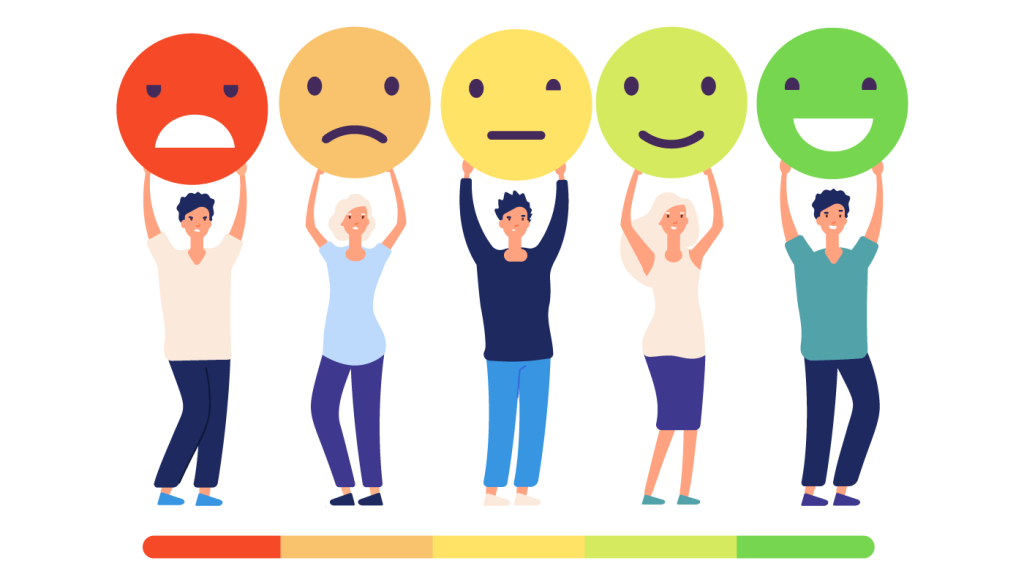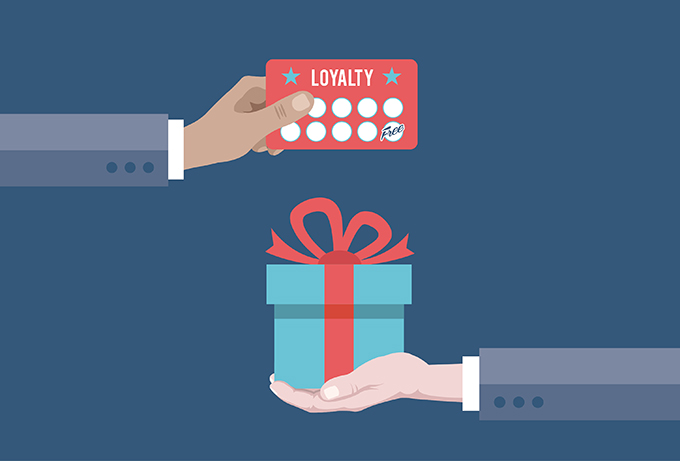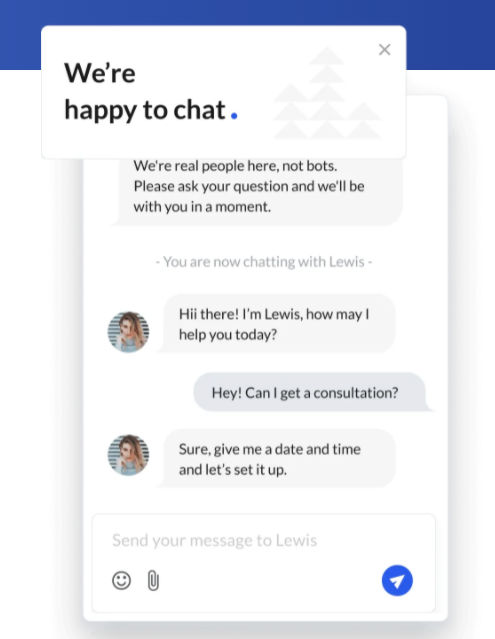Customer Attrition: Definition & Tips on How to Reduce Customer Churn
Team ChatSupport
November 17, 2021

What is customer attrition?
Customer attrition is the technical term for when a business loses customers. Most customers of any particular business will not remain active indefinitely. They may be a one-time purchaser or they may be a loyal customer for many years, but every customer eventually ends the business relationship. You may also hear customer attrition referred to as customer cancellation, customer turnover, customer churn, and customer defection.
Customer retention refers to any activities a company takes to reduce customer attrition. This may include things like:
- Building a loyalty program where customers can redeem points they earn toward rewards.
- Using customer feedback to improve products and services.
- Providing live chat support to improve the customer experience.
Understanding the basics of customer attrition and customer retention is one thing. Marketers must be able to distinguish between active and passive attrition. Active attrition refers to when a customer cancels his or her service. It’s often associated with subscription-based business models and can apply to anything from a phone line to a streaming service or SaaS companies.
If and when a customer simply stops conducting business with the company, this is known as passive attrition. This is most commonly found in e-commerce, retail, and any kind of on-demand service provider.
Does customer attrition really matter?

In short: Yes. If you don’t think taking action to reduce customer attrition is important, consider three staggering facts:
- The average US business loses up to 30% of its customers every year due to lack of customer loyalty.
- 61% of retailers claim customer retention is their biggest challenge.
- 9% of businesses lose customers to their competitors because they don’t take customer retention seriously enough.
That’s why this article will show you how to calculate your customer attrition rate, take a deeper look at some of the causes of customer attrition, and show you things you can do to improve overall customer retention.
Customer attrition rate
Your customer attrition rate takes the number of customers lost by the end of the given period of time divided by the total number of customers at the beginning of the period. For instance, if you had 25,000 customers on January 1st and 20,000 customers on December 31st, you lost 5,000 customers over the year; a 20% attrition rate.
5,000 customers lost over the year / 25,000 total starting customer = .20 x 100 = 20% Customer Attrition/Customer Churn Rate
How does this impact your bottom line? Think about the monthly recurring revenue (MRR) that each customer brings in on average. If active customers bring in $100 a month in MRR, that’s up to $ 500,000 you stand to lose.
What causes customer attrition?
Unfortunately for companies today, there’s no single cause of customer attrition. Since it’s often a combination of factors, it’s important for businesses to collect and analyze customer feedback to find patterns that may indicate the reasons behind customer churn.
Since this metric is a clear indicator of business health, it’s one of the most important key performance indicators (KPIs) for companies to track. The most common causes of customer attrition include:
- Wrong customer fit/poor targeting
- Product defects or glitches
- Poor customer support or customer experience
- Wrong pricing strategy
- Insufficient customer onboarding approaches
Five tips to minimize customer churn & attrition
Fortunately, with good analytics, businesses can easily monitor their customer attrition and churn to take action before it becomes a serious problem. Here are some ways you can be proactive:
- Lean into your most loyal customers
- Offer incentives and longevity milestones
- Ask your customers for feedback as much as possible
- Conduct regular preventative customer churn analysis
- Ol’ reliable: Provide the best customer experience
1. Lean into your most loyal customers

You would think reducing customer churn should start with finding the group of customers most likely to cancel your service and refocusing your efforts to keep them active. However, experts say the strategy is counterintuitive because it focuses on the wrong people. Those people are already half-way out the door.
Instead of directing your resources to retain any at-risk customers, it may be better to focus your attention on your most loyal customers who aren’t on the verge of leaving.
Once you identify that group, lean into them! This means you can send them gifts, special coupons, discount codes, and more to keep them happy and loyal.
2. Offer incentives and longevity milestones
Similarly, one of the best ways to get customers to stick around is to offer them something in exchange for their longtime tenure. A simple gesture such as a discount code or free upgrade for reaching a milestone can make all of the difference for people who are considering abandoning your service (whether they intend to go straight to your competitor or not).
How do you know the right incentive to use? Think about your customer’s timeline. If they’re nearing the end of a contract and you’re concerned they won’t renew, offering a promo code with a discounted renewal rate may be the answer. This can also help alleviate any financial concerns your customer has. But, if the customer chooses to leave because your service no longer fits their needs, a promo code might not cut it.
3. Ask your customers for regular feedback

When customers are unhappy with your product or service, it won’t be long before they look for the door. To get to the real issues behind what’s causing customers to leave, you need to speak directly to them as early and as often as possible throughout their customer journey.
Whenever you onboard a new customer, explicitly ask for feedback at the end of your welcome message. Encourage them to reply to the message directly with any questions or concerns they may have and actually have someone at your company reply personally.
At regular intervals throughout the customer relationship, consider sending surveys or feedback forms to allow new and existing customers to share their experiences with you. Take time to analyze the collective data for common threads across your customer base, such as requests for new features, poor customer service experiences, and more.
Pro-tip: While the feedback is important, taking action is what really matters. If your customers don’t see you actively making an effort to respond to their feedback, they simply won’t stick around.
4. Conduct regular preventative customer churn analysis
If you wait until a customer leaves your business to analyze things, you’re already too late. Analyze data on a regular basis to proactively build prevention strategies into your business processes.
Regardless of how much effort you put into customer retention, churn is bound to happen. You can’t completely eliminate it. But you can use your customer data to predict signs of customer dissatisfaction. And those insights will allow you to reach out to those customers and strengthen the relationship before they decide to leave.
This process begins with customer attrition analysis. Determine when customers are most frequently churning. Do you notice that churn happens within the first 30 days of sign-up? Is it happening after customers go a certain number of days without using the product or service? Use your data to figure out how and when churn happens for your typical customer.

Once you’ve conducted your analysis, it’s time to get feedback (yes, again!). Find out if your customers are leaving for specific reasons and why they decided to cancel or otherwise stop transacting with your business.
When you put together these two pieces of information, you’ll be able to forecast churn with predictive analytics before it happens. And that means you can reach out to your customers with tailored incentives to re-engage them.
Pro-tip: If you notice that a certain segment of customers follows one attrition path while another tends to have a higher turnover rate, develop specific strategies to target those audience segments.
5. Ol’ reliable: Provide the best customer experience

Data doesn’t lie. And it shows that one in every three customers will walk away from a brand they love after a single bad experience. One of the best ways to ensure customer satisfaction is to strive for a quality, consistent customer experience. This might mean:
- A website that’s well designed, easy to navigate, and fast to load.
- Making it easy for customers to find what they’re looking for with search boxes.
- A comprehensive knowledge base or answers to frequently asked questions so they can find what they’re looking for.
- Live chat support to get their questions answered in a timely manner.
- Attentive customer support agents available to address concerns and escalate issues.
- Contact information that’s easy to find on the website.
Let ChatSupport help your provide the best customer service
With our live chat software, you can provide the best customer service and minimize customer attrition. Here’s how:
- Answer sales questions to help customers with their purchase decisions.
- Escalate and route customer service issues that need resolution.
- Obtain feedback from your new and existing customers that help you refine your business practices.
- Collect data that assists in preventative churn analysis.
- Connect on a personal level with your most loyal customers.
All this and more is possible with ChatSupport. Let us help you mitigate customer attrition and churn. Sign up for your free account today!
Like this article? Spread the word.